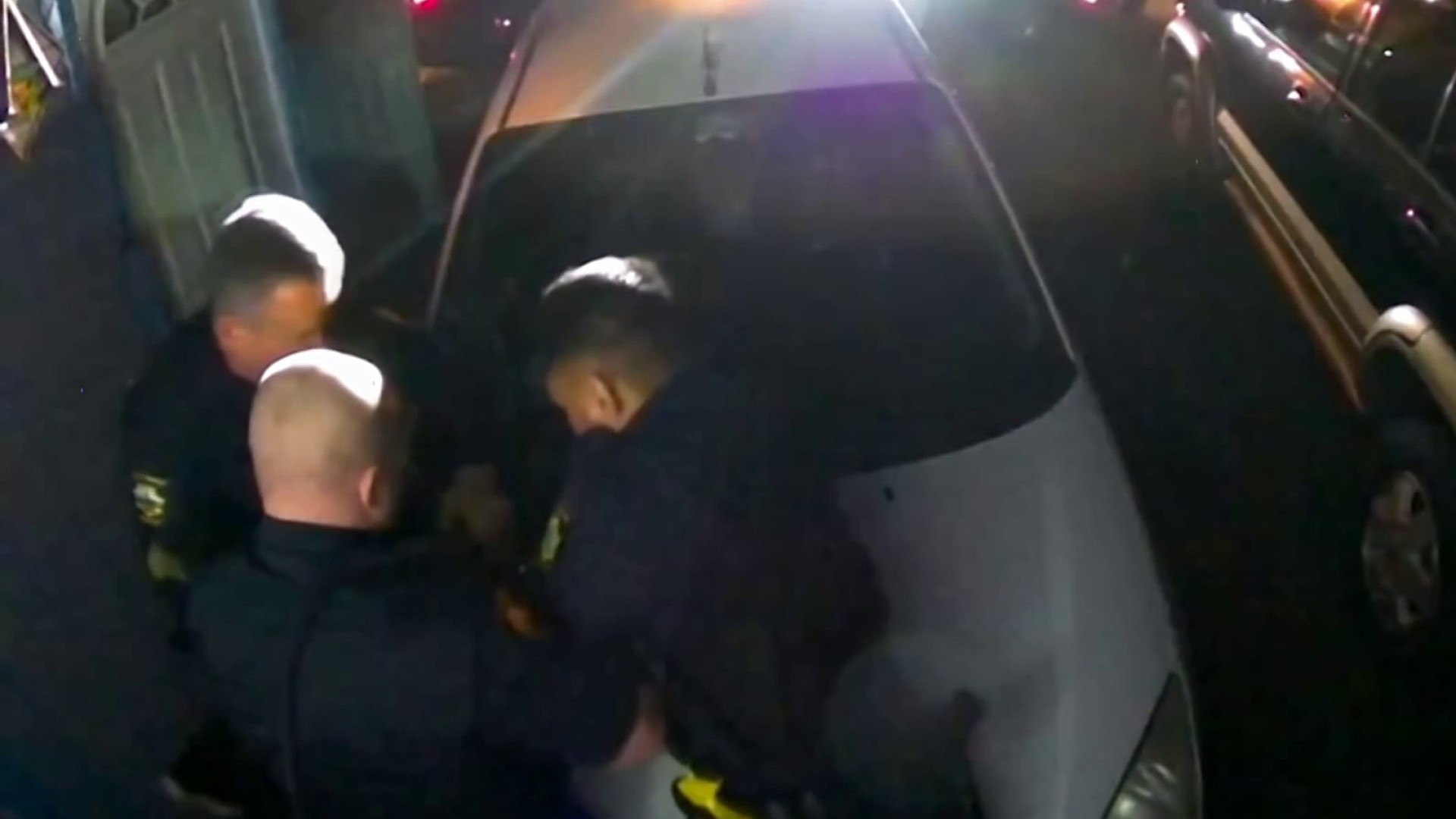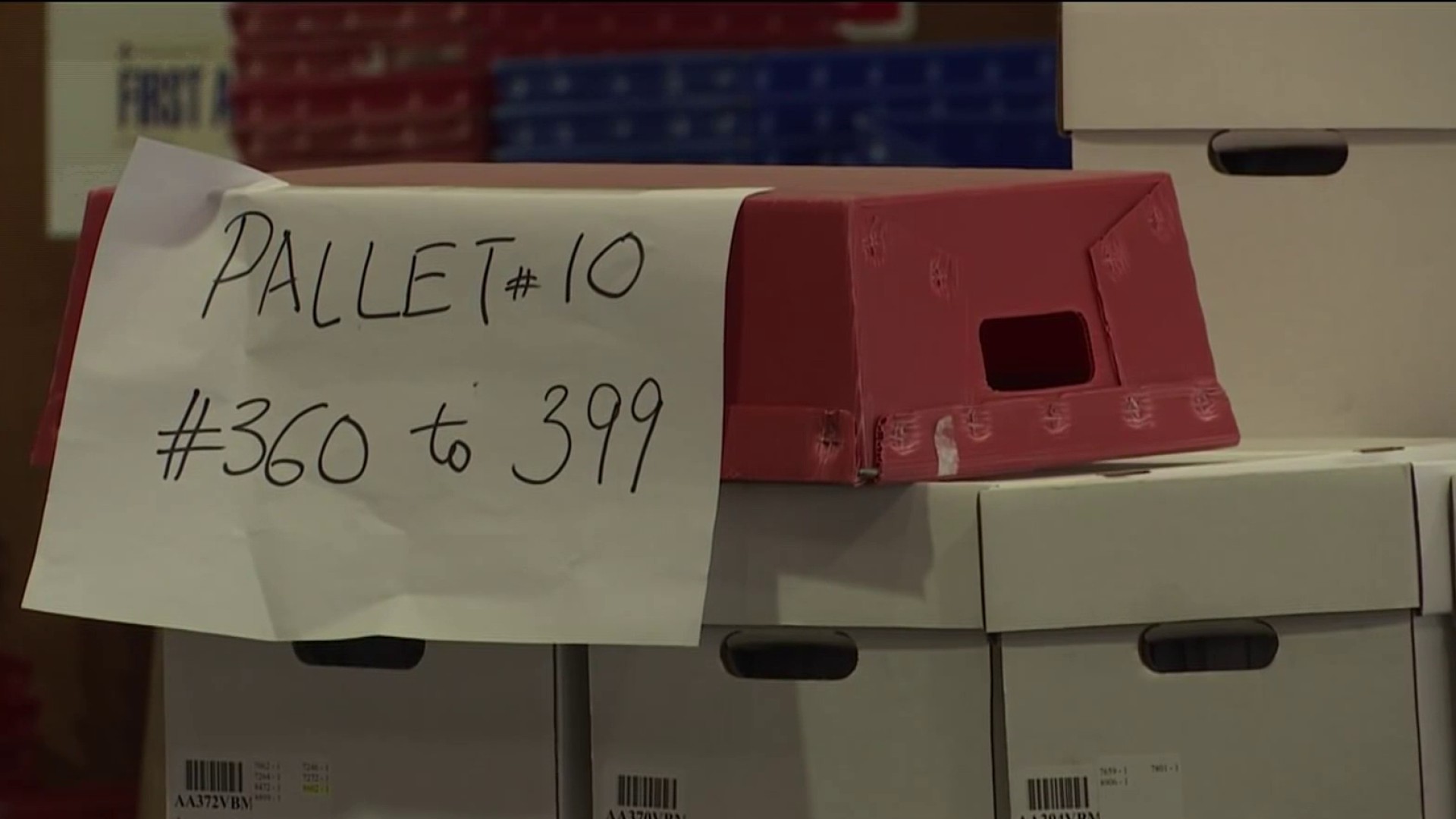Pacific Gas and Electric officials now say that before the North Bay firestorm, the company only shut down 38 of the several thousand automated devices that some experts believe started the wildfires.
In a letter last week to State Senator Jerry Hill (D-San Mateo), the company discussed reclosers, devices that are designed to bolster reliability and limit outages.
After a fault is detected on a power line, the power automatically shuts off. That’s when a recloser will kick in. It automatically sends three test jolts to determine if the fault is only temporary.
But when lines are down, reclosers can deliver fresh sparks directly to nearby brush.
The devices have been tied to massive wildfires, including one in San Diego in 2007 and another in Australia in 2009.
Sen. Jerry Hill, who held a hearing in 2015 on recloser wildfire dangers, wonders whether they played a role in October’s firestorm.
“That could be the cause of the fires that were so destructive,” he said Wednesday.
Local
At a hearing held after the devastating Butte fire, Southern California utilities stated they turn off the devices in fire season and a PG&E official indicated that company would do the same.
But following the North Bay fires, PG&E would not say how it set its reclosers, other than to say that some devices installed in the North Bay as part of a pilot project “worked as intended.”
In its recent letter to Hill, PG&E said it remotely turned off 38 reclosers in its project. But just three of the disabled devices were in hard-hit Napa and Sonoma.
The utility has 6,900 reclosers in its system. The company did not say why it only shut down the few devices incorporated in its pilot project.
PG&E did say that the 38 devices in that test program were picked because they were designated as being among the ten percent highest risk for wildfires in a state fire map.
Hill said he was surprised the company’s recloser shutdown was so limited, given that a top PG&E official assured him back in 2015 that the company would be able to shut down reclosers in all 132 of the high risk fire areas by the start of 2017.
“I think that’s the troubling part,” Hill said, “that they misled us in that.
“Had they said they did not have that system in place, then we would have followed up with more questions to try to find what the problem was -- and may have been able to focus in on that a couple of years ago that may have prevented these fires in October.”
PG&E said in a statement that it “continues to evolve its policies around reclosing technology.”
Meanwhile, PG&E has announced a plan to install 100 more remote-controlled reclosers annually starting in 2020.
The utility also cautioned Hill in its letter that it still “must balance the competing and intertwined goals“ of limiting outages and reducing wildfire risk in deciding its strategy on reclosers.
Hill said he will press for more answers at an upcoming hearing.
“Because we don’t want another fire, that’s for sure.”



